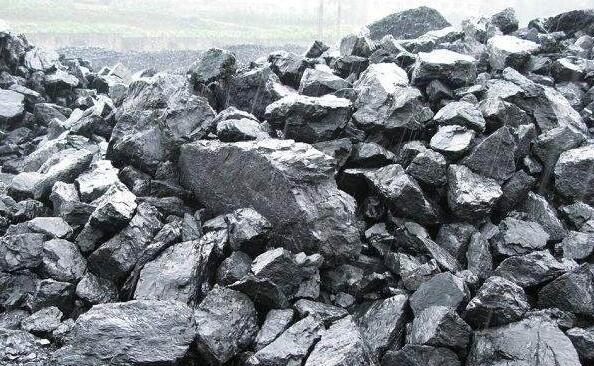Application of coal gangue in the field of dense ceramic materials

Coal gangue is the rock trapped in the coal seam, and it is also the waste in the process of coal mining and coal washing. At present, the accumulated coal gangue in the country is as high as several billion tons, which has caused serious damage to the ecological environment. As a recyclable resource, coal gangue has been widely used in many fields.
Through research, it is found that the main components in coal gangue are alumina and silica, and these compounds are commonly used raw materials for ceramic production. Coal gangue itself also has a large number of micropores and a high specific surface area. Therefore, coal gangue can be used to prepare ceramics and other materials with excellent properties such as high mechanical strength, acid and alkali corrosion resistance, and long life.
1. Dense mullite and its composite materials
Mullite (3Al2O3·2SiO2) is a high-quality refractory material with the characteristics of high density, good thermal shock resistance, good creep resistance, low expansion coefficient and stable chemical composition. In my country, there are few natural mullite reserves, and most of the mullite is artificially synthesized. Generally, kaolin and alumina powder are used as raw materials, and mullite materials are prepared by sintering or electrofusion. Since the content of kaolinite in coal gangue can generally reach more than 90%, mullite and mullite composite materials with excellent performance can be prepared by mixing gangue with auxiliary materials such as Al2O3 and calcination at high temperature. my country has also made some progress in the preparation of mullite and its composite materials from coal gangue.
Using high-alumina bauxite as the main raw material, together with coal gangue and a small amount of Al2O3 to prepare mullite clinker, the research found that mullite clinker with excellent performance can be fired at 1700 °C, and its apparent porosity is less than 25 %, bulk density ≥ 2.75g/cm3.
The pickled coal gangue was used as the main raw material, which was evenly mixed with alumina, and mullite was prepared by solid-state sintering. It will first increase and then decrease slightly, so the holding time for preparing mullite should be controlled within 2h.
Using bauxite and coal gangue as main raw materials, vanadium pentoxide (V2O5) and aluminum fluoride (AlF3) as additives, a crystal whose main crystal phase is mullite phase was prepared by solid state reaction. The research shows that: when aluminum When bauxite and silicon-alumina in coal gangue are mixed at a molar ratio of 2:3.05, the strength and hardness of the prepared mullite material have been significantly improved, and the performance is the best. Its volume density is as high as 2.3g/cm3, the apparent porosity is 23.6%, the water absorption rate is 10.55%, and the flexural strength is 114MPa.
The mullite-high silica glass composite material was successfully synthesized by using coal gangue and kaolin as raw materials and adding potassium feldspar. The study found that the sintering temperature of the mixture without adding potassium feldspar is above 1590°C, while the sintering temperature of the mixture with K2O ratio of 1.5% and adding potassium feldspar can be reduced to 1530°C. Therefore, adding a certain amount of potassium feldspar to the mixture can reduce the sintering temperature.
Using coal gangue as raw material, the gangue is activated by impurity removal, calcination and other processes, and the nano-mullite composite powder material is prepared by hydrothermal crystallization. The results show that the nano-mullite composite phase was prepared from the activated coal gangue powder under the conditions of a concentration of 2-4mol/L sodium hydroxide solution, a stirring temperature of 80-90°C, a heat preservation of 3h, and a liquid-solid ratio of 10mL/g. Powder, nano-mullite composite powder has a good crystallization effect, most of which are columnar crystals, the grain length is 50nm, and the average aspect ratio reaches 3.5.
2. Dense sialon and its composite materials
Using high-alumina coal gangue, iron concentrate powder, and coke powder as raw materials, the Fe-Sialon composite dense material was prepared by carbothermal reduction nitriding method at 1400-1550°C for 4 hours. It was found that the coke content exceeded 10% 1. The Fe-Sialon dense material prepared at 1500℃ for 4 hours has the most uniform grain distribution and the best performance.
Using coal gangue and natural clay as the main raw materials, the colloidal molding process was used to shape the green body, and the β-Sialon/SiC composite dense ceramic material was successfully synthesized by the carbothermal reduction nitriding process. The study found that the optimized process of colloidal molding can be used to produce a green body with a density as high as 1.12g/cm3, and a dense β-Sialon/SiC composite material can be produced after sintering.
